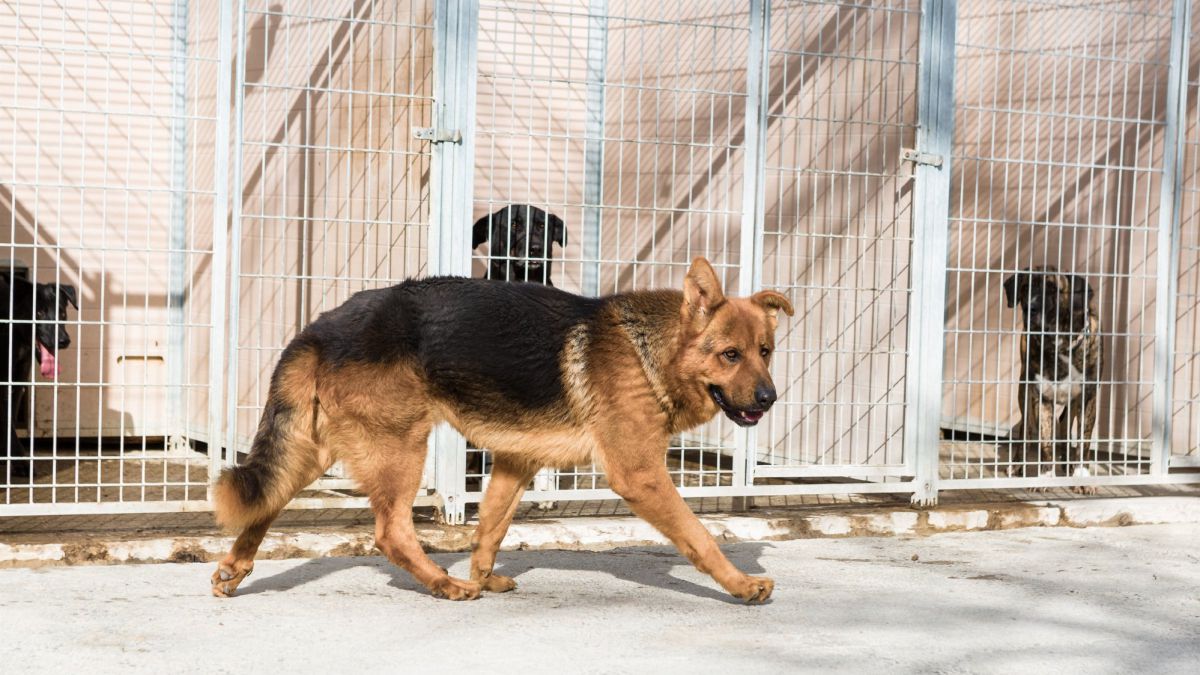Read more from Author Melissa Galbraith here: https://globelivemedia.com/author/melissa-galbraith/
A team of Spanish researchers warns that “The risk of importing cases of canine rabies from North Africa is increasingly important evidence”. To prevent the entry of this serious disease, they recommend that the Spanish health authorities “increase the surveillance, especially in the entry points to the Iberian Peninsulaas motor vehicles entering may illegally transport sick or incubating animals from the north africa”.
In addition, although the risk of importing rabies cases from other European territories is lower, they highlight that the free movement of people and goods in the countries of the European Union facilitates the illegal entry of animals transported from countries with cases of rabies in domestic animals, mainly Dogs and cats, and even in wild species, such as Red fox.
In this line, they remember that lack of specific measures and some relaxation of controls on the populations of foxes can facilitate outbreaks in countries declared free of this type of rabies: “It should not be forgotten that the spread of rabies from sick foxes to dogs is well established, and vice versa, as seems to have been the case in Spain in 1977, when two cases of rabies in foxes were described in the province of Malaga during the 1975 rabies outbreak. Fortunately, they were isolated cases, unrelated to each other, probably due to the only infection of sick dogs or the consumption of carrion of corpses ”.
Rabies, a deadly disease
“Although the rage remains one of the most feared and important threats for public health in the 21st century, it is considered one of the neglected diseases”, Lament the researchers in their study published in the journal Frontiers in Veterinary Science. And is that rabies is one of the oldest and most relevant zoonoses due to its lethality, well causes one death every 9 minutes all over the world.
Your symptoms are hard to distinguish, although experts explain that “it has a marked neurotropic character and its action on the nervous system gives rise to a characteristic manifestation of the disease with excitement signs, hallucinations e hydrophobicity (furious rage), or signs of generalized paralysis and coma (paralytic rabies), as a consequence of generally fatal encephalomyelitis ”.
Risk factors in Europe
Recent reports have shown that this Lyssavirus it is still more alive than ever, despite the control carried out against the virus throughout Europe. The authors explain that the risk of rabies in the continent is based on “different epidemiological situations “:
– Illegal importation of animals. “Illegal importation of pets due to non-compliance with border controls remains one of the main rabies risks in Europe, leading to sporadic cases of rabies in free regions of endemic countries,” the researchers explain. They also specify that from 2012 to 2020, they have detected five illegally imported rabies-infected dogs in France (2012, 2015 and 2020), Spain (2013) and Netherlands (2013) from endemic areas.
– Travel to endemic regions. The authors point out that there is a “lack of awareness of travelers visiting countries where rabies is endemic, especially in Africa and Asia ”, who are advised“ to act with caution and avoid touching all animals, including puppies, to avoid being bitten ”. In addition, they advise take care of the wounds, get vaccinated and, if indicated, the passive immunization. In case of traveling with animals, the risk increases, so they must be vaccinated.
– Differences in dog vaccination programs. The World Health Organization (WHO) estimates that vaccination coverage should reach 70% of the canine population, in addition to administering the vaccine annually, to avoid infection in humans. However, there is no coordinated vaccination program and they can happen vaccine failures, which does not guarantee safety.
– Rabies in wild animals. Although the risk of transmission of bat lyssaviruses to terrestrial mammals is very low in European countries, cases of rabies in humans and animals have been reported after a bat bite. Furthermore, exposure to bats should be considered as a potential risk to cavers or bat biologists, who have a high risk of contact with these animals.
How to prevent the disease?
Researchers say that rabies is “100% preventable”. A prevention that is based on three pillars:
– Improve education and public awareness. Knowing how to prevent disease is essential to saving lives. Thus, although experts emphasize that Europe has increased legislative measures to control it, they consider that “they should be applied stricter laws for raise awareness about risks potentials of the disease ”and prevent its introduction in European countries that are free of it. “These measures must be focused on create awareness, mainly on travel to endemic areas, travel with pets and importation and trade of animals from endemic areas ”, they insist.
– Access to mass vaccination of dogs. As there is no specific treatment, vaccination is key: “The prevention of the transmission of rabies at its source through canine vaccination is the most profitable strategy to save lives”.
– Increase access to treatment drugs and vaccines. It is sometimes difficult to avoid animal bites, as accidental exposures are very common. Therefore, it is essential to treat them well: “Proper wound management and immediate and adequate treatment after exposure are almost 100% effective in preventing human deaths from rabies.” “The treatment consists of thoroughly wash the bite wound with soap and, if possible, a virucidal antiseptic (eg, Povidone iodine or ethanol) for at least 15 minutes, followed by administration of passive immunization with immunoglobulins and vaccination for active immunity”, They detail.

